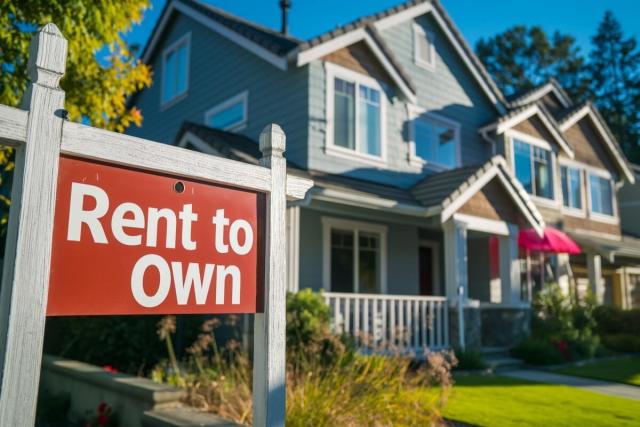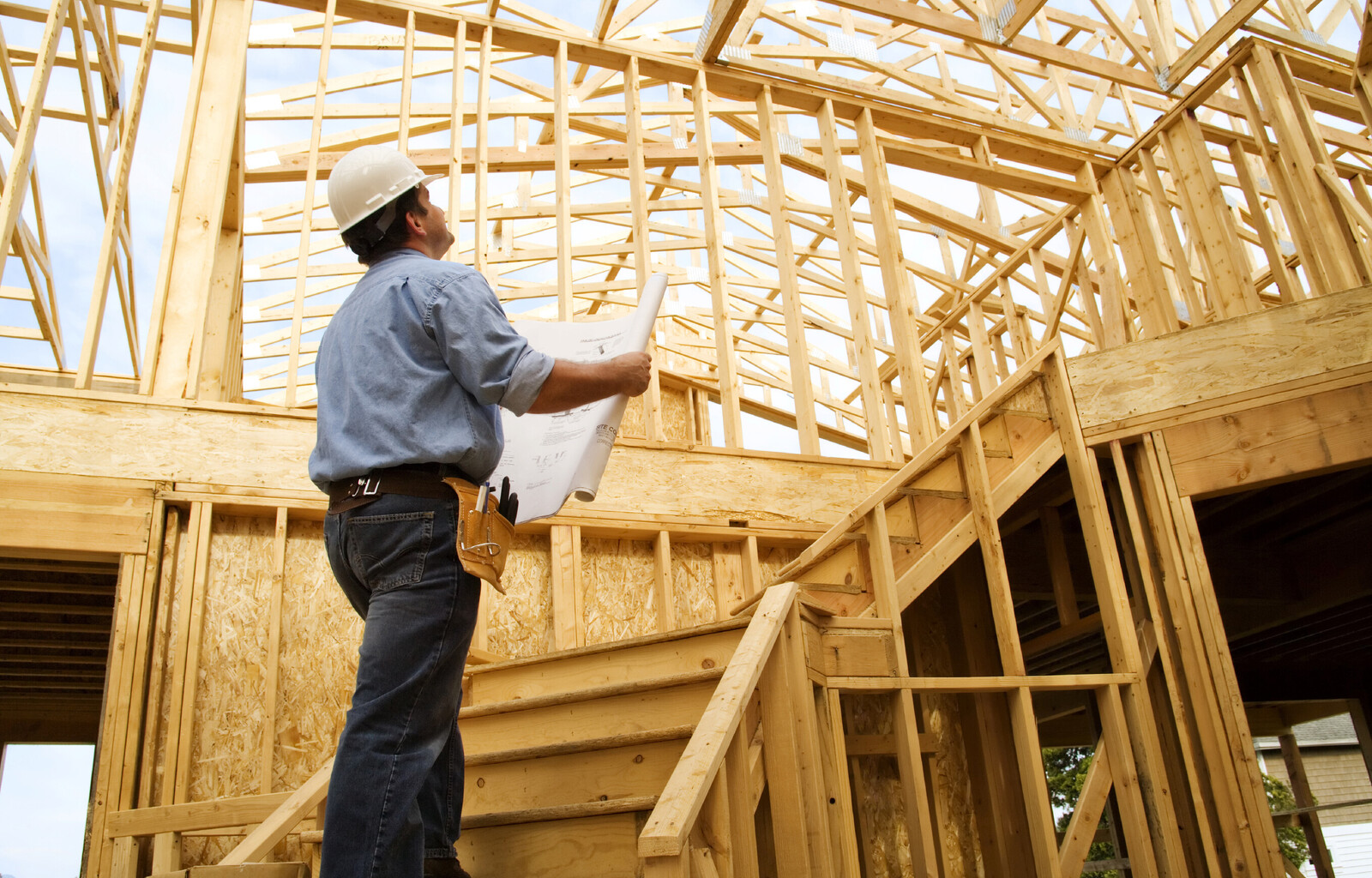Why is housing inventory so low?
Although buying a home can be one of the most exciting moments in someone's life, many Minnesotan's are struggling to find the home of their dreams due to the severe lack of options. Low inventory is not only plaguing the MPLS Metro area, but communities across the county.
What does "low inventory" mean?
A low housing inventory essentially means a "seller's market". Typically, in a seller's market, buyers will pay more for homes because the demand is so high. The month's supply of inventory (MSI) is a numerical representation between the supply of homes and the demand for them.
Month's supply of homes refers to the number of months it would take for the current inventory of homes on the market to sell given the current sales price. Historically, six months of supply is associated with moderate price appreciation while a lower level of month's supply of homes tends to push home prices up more rapidly.
According to Minneapolis Area REALTORS® Association, in February 2023 the month's supply of homes was at a record low of 1.3 months. Meaning that at the current sales price (the home was offered at the time) and if nothing else was listed for sale, it would take just 1.3 months for the housing inventory to be completely depleted.
Why is the inventory so low?
One of the main reasons inventory is so low nationally is that many homeowners were able to lock in a record low interest rate over the last few years. According to Freddie Mac, on average, 90% of current homeowners have a fixed interest rate of less than 5%. While 72.6% of those homeowners have an interest rate less than 4%. And almost 34% of homeowners have an interest rate less than 3%. Since 2020 and 2021, mortgage interest rates have nearly doubled to an average of 6.7%. That means homeowners who bought or refinanced with low interest rates are reluctant to sell their homes and buy another with a mortgage with a higher interest rate. Because of this, many homeowners todays are choosing to stay put, even if they could make a solid profit when selling.
Another reason is due to the costs and supply chain disruptions in new construciton. Since the pandemic in 2020, home builders not only put a pause on constructing new homes, but they're stuggling to get their materials to job sites on time. The combinations of supply chain issues and struggling to find labor to keep their job sites running has left a slow delivery of new homes across the country.
Competition between homeowners and investors doesn't help with the shortage in the inventory either. Investors have long considered residential real estate to be a safe harbor for their cash. This is especially true when the overall economy is shaky and rental income surpases the cost to simply own and run the home.
Some investors are also buying up large plats of land and developing homes for renters. Homeowners lost many of their tax advantages relative to renters once the 2017 Tax Cuts AndJobs went into effect. This act significantly increased the standard tax deduction, which makes the mortgage interest deduction less valuable to homeowners. With these advantages gone, many people who would otherwise buy a home are choosing to rent instead. Some investors have responded to this by building rental housing instead of more single family homes.
Categories
Recent Posts










GET MORE INFORMATION

